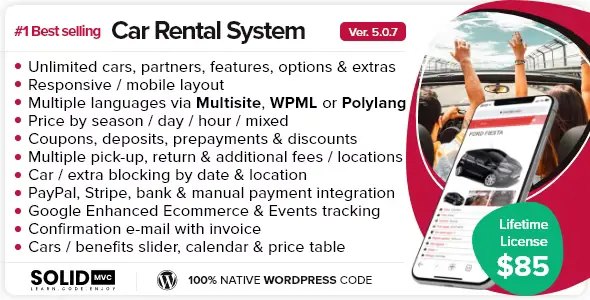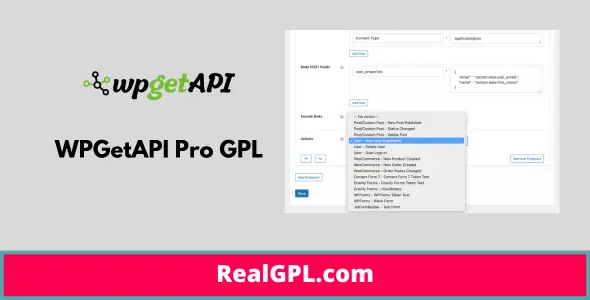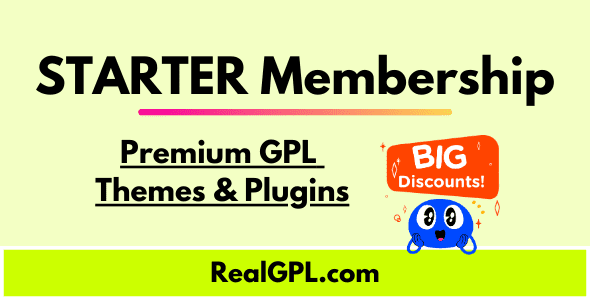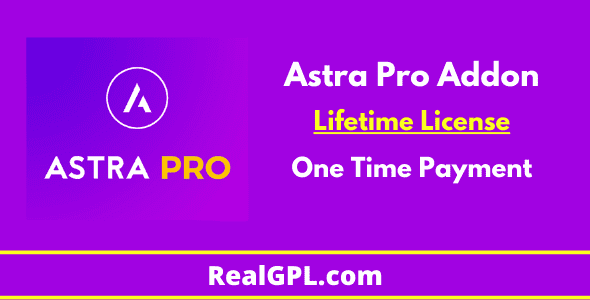All Elementor addons comes with lifetime license at a very low cost you have ever assumed :) We have added widely used some of the Divi popular plugins and themes to our lifetime list.Elementor Addons
Divi Themes and Plugins


WPGetAPI Pro GPL v3.5.9 | The most powerful WordPress API plugin available
60.07$ Original price was: 60.07$.3.28$Current price is: 3.28$.
WPGetAPI Pro GPL – Automate your API calls with Actions, format data as HTML or tables, chain multiple API calls together, caching, send form data to your API, send WooCommerce orders, send logged-in user info to your API and so much more.
- Unlimited Website Usage – Personal & Clients
- Original GPL Product From the Developer
- Quick help through Email & Support Tickets
- Get Regular Updates For 1 Year
- Last Updated – Jan 14, 2025 @ 10:28 PM
- Developer Live Preview
- Get this Product for Free in Membership
WPGetAPI Pro GPL
Automate your API with Actions
Setup your endpoint and select an Action so that your API is called anytime this action runs. You can then send any piece of data related to this action to your API, without writing a single line of code.
You can use Actions to call your API when:
- A new user registers, logs in, or is deleted
- A new post (or custom post type) is created, deleted, or changes the status
- A WooCommerce product or order is created or changes status
- A form is submitted using Gravity Forms, Contact Form 7, WPForms, JetFormBuilder & more
- A user purchases using Paid Memberships Pro or Easy Digital Downloads
Send any piece of data using Tokens
Tokens open up a world of possibilities for your API connections, with zero code of course!
- A user fills out a form on your website – sends the form data to your API with Tokens.
- A user registers on your site – sends their details to your API with Tokens.
- You’ve made a WooCommerce sale – send the order data to any API with Tokens.
- Get stock levels for products – send SKU to your API with a Token and get the stock back.
Tokens provide functionality to your API connections that would take hours and hours for a developer to implement in code.
Cache API calls
Caching your API calls can improve website performance as well as avoid being charged extra $$ for going over API call limits.
When caching is activated, instead of calling the API every time the page loads, the first visitor’s call to the API will save the API data within your website. Subsequent visitors then access this saved data, avoiding multiple API calls and improving speed.
API call limits can result in data disruption or extra fees. Caching helps manage these limits by letting you set the interval, and determine the maximum daily API calls. For instance, setting the interval to 3600 seconds (1 hour) results in a maximum of 24 daily calls to the endpoint, making it simple to stay within the API’s limits.
Format API data as HTML
The output of your API data can be formatted into HTML by simply adding the format='html' attribute to your shortcode.
This will wrap the entire API output in a div and also wrap individual API items in div, li or span tags (your choice). It also handles nested API data and can also automatically output the API keys as labels.
You can then easily style your new HTML any way you like with CSS. Works with JSON and XML APIs.
| Brand | |
|---|---|
| License Type | |
| Activation |
Pre-activated |
You must be logged in to post a review.
April SALE – Use coupon code GPL25 for an instant 25% discount on all items
Valid till 15th April.
The offer is applicable to all items, including Themes, Plugins, Membership Plans, Exclusive, and Lifetime Deals.
Best Selling Products
Starter Membership – Access to 5500+ GPL Products For A Month

Elementor Pro Exclusive Deal | Original License Activation + Use All Pro Templates + Kit Library
Super Saver Membership – Free Access To 5500+ GPL Products For 6 Months

Rank Math Pro Exclusive Deal | Original License Activation | Automatic Updates









Reviews
Clear filtersThere are no reviews yet.